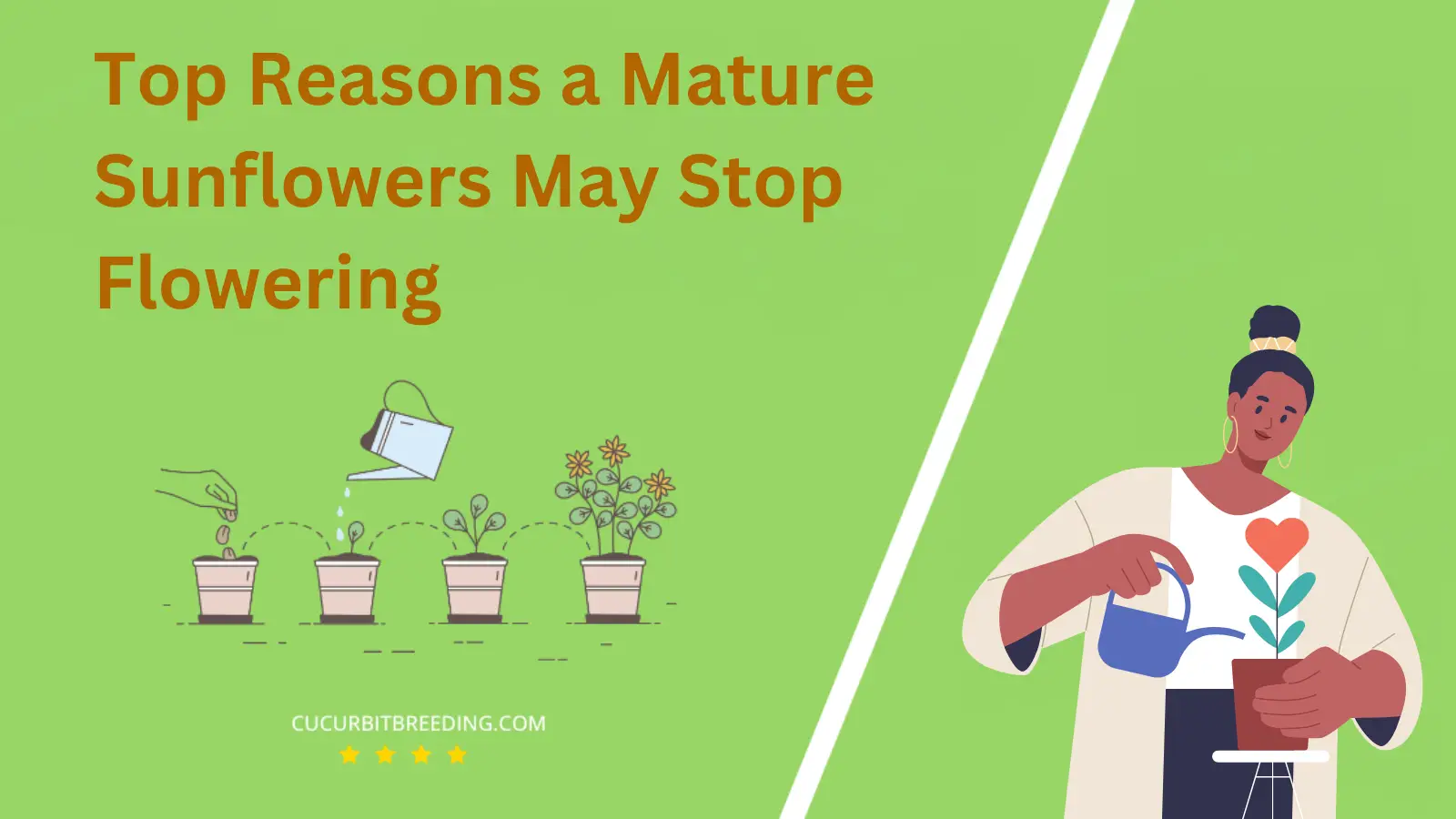
If you’ve ever wondered, “When do sunflowers bloom?”, you’re not alone. Many garden enthusiasts share your curiosity. Sunflowers, with their vibrant hues and towering stems, captivate many. However, their blooming period isn’t constant.
Factors such as the type of sunflower, the planting time, and the climate all contribute to when this radiant flower will show its face. Let’s delve deeper into the world of sunflowers and explore what influences their bloom time.
When Do Sunflowers Bloom?
Sunflowers typically bloom during the summer months. The specific timing can vary depending on the geographical location and the specific variety of sunflower. However, most sunflowers will start to bloom around 70 to 100 days after planting. The blooming period usually lasts for about 30 to 45 days. Once a sunflower has bloomed, it will start to produce seeds, which can be harvested once the back of the flower head turns brown.
In summary, sunflowers generally bloom in the summer, approximately 70 to 100 days after planting, and the bloom lasts for about a month to a month and a half.
| Stage | Description |
|---|---|
| Germination | Spring (March-May) |
| Growth | (Spring) March to May |
| Blooming | Summer (June-August) |
| Dormancy | Sunflowers (Dormancy Period): (Winter months) December to February |
How Long Do Sunflowers Bloom?
Sunflowers typically bloom for a period of 30 to 45 days. However, the exact duration can vary depending on the specific sunflower species and growing conditions. On average, from planting, it can take 70 to 100 days for sunflowers to bloom and mature fully. This period includes the time it takes for the seed to germinate, grow into a plant, and ultimately develop the iconic sunflower bloom.
How Light Affects Sunflowers Blooms?
Light has a significant impact on the blooming of sunflowers. Sunflowers are heliotropic, meaning they turn their blooms to follow the sun across the sky from east to west. This maximizes their exposure to sunlight, which is essential for their growth and development.
Moreover, sunflowers require full sun for optimal bloom. They need at least six hours of direct, unfiltered sunlight per day, but more is even better. This sunlight aids in photosynthesis, the process by which plants convert light energy into chemical energy to fuel their growth.
Without sufficient light, sunflowers may not bloom as fully or as vibrantly. In addition, their stems may become weak and unable to support the weight of their large blooms. Thus, adequate light exposure is crucial for healthy, vibrant sunflower blooms.
Will Sunflowers Bloom the First Year You Plant Them?
Yes, sunflowers will bloom the first year you plant them. Sunflowers are annual plants, meaning they complete their entire life cycle in one growing season. After planting the seeds, they will typically germinate within 7 to 10 days, and flowers start to bloom between 65 to 100 days, depending on the variety.
Will Sunflowers Bloom Every Year?
Sunflowers, if they are annual varieties, will not bloom every year. They complete their life cycle in one growing season. However, if they are perennial varieties, they can bloom every year. These types of sunflowers will regrow and bloom each summer without needing to be replanted, given that they are cared for properly and the environmental conditions are favorable.

Should I Deadhead Sunflowers Blooms?
Yes, you should deadhead sunflowers once the blooms have faded. Deadheading, or removing spent blooms, encourages the plant to produce more flowers. It also prevents the plant from wasting energy on producing seeds in those spent blooms, redirecting it instead to new growth and flowers. However, if you want to collect seeds or leave them for birds, you should let some heads mature and not deadhead all of them.
Top Reasons a Mature Sunflowers May Stop Flowering

The primary reasons why a mature sunflower may stop flowering include insufficient sunlight, as sunflowers need at least six hours of direct sunlight each day to bloom properly.
Poor soil conditions can also stop sunflowers from flowering. They prefer well-drained, nutrient-rich soil. If the soil is poor or too compacted, it can inhibit flowering.
Another factor is improper watering. Both overwatering and underwatering can negatively impact the flower’s growth and blooming cycle.
Lastly, disease and pests can lead to a lack of flowers. Sunflowers are susceptible to several diseases and pests, which can damage the plant and prevent it from blooming.